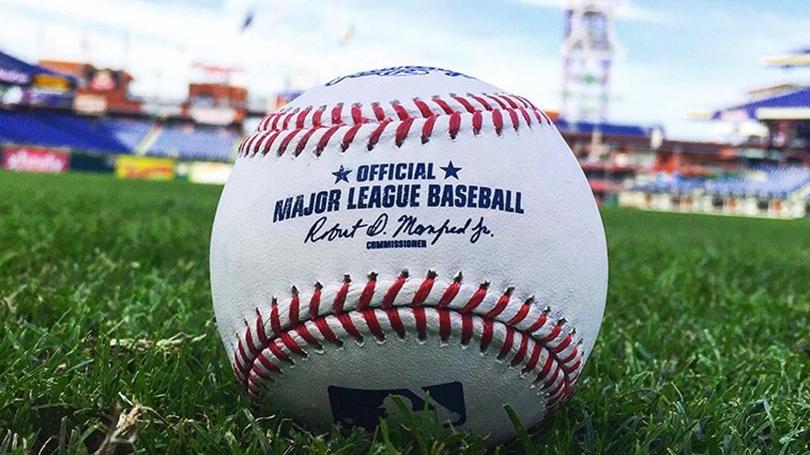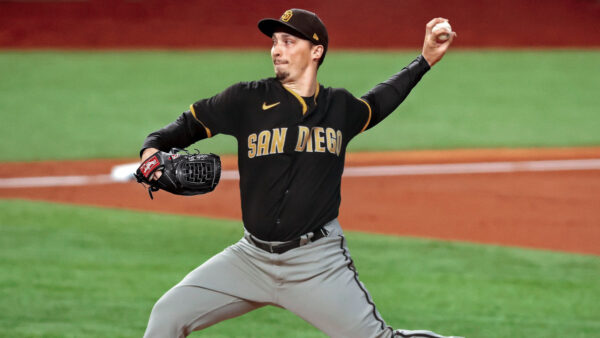The 2021 MLB baseball has a different feel to it

Credit: MLB

Baseballs have been flying out of ballparks at record paces in recent years.
Combine that phenomenon with an increase in strikeouts and walks, and game “action” dwindles down to those three true outcomes. Batters aiming for the fences obviously helped produce that increase in strikeouts. At the same time, “small ball” has gone the way of the dodo bird with fewer sacrifice bunts and flies, stolen bases, and hit-and-run plays.
No doubt, the San Diego Padres’ “Slam Diego” of five grand slams in six games thrilled fans last year, but a steady diet of homers, strikeouts, and walks dramatically reduce the action on the basepaths.
As baseball attendance declined in recent years, Major League Baseball countered with several rule changes designed to shorten the length of games, including putting a runner on second in extra-inning games, shortening doubleheaders to seven innings, and limiting the number of mound visits. However, the lack of action has undoubtedly reduced fan interest.
Rumors even swirled that MLB had juiced the ball in the era of launch-angle fixation. But this year, the league will introduce a ball that has undergone subtle changes to address the focus on the long ball as well as the frustrations of pitchers. Hitters won’t be thrilled by the news, but pitchers will breathe a sigh of relief if that pitch which should have ended up on the warning track, doesn’t travel like it hitched a ride on a 747.
In 2017, home runs (6,105) and strikeouts (40,104) broke records, but by 2019 the numbers had increased to 6,776 home runs, 6.6 percent of plate appearances. Hand-sewn by employees at the Rawlings factor in Costa Rica, the balls naturally change ever so slightly but not to the extent witnessed from 2017 to 2019.
Following that season, the league turned to scientific experts to study the makeup of the ball itself. According to MLB guidelines, the balls’ bounciness (COR) should range from .530 to .570. Lately, the balls have reached a higher range, and the tension of the new balls has been reduced slightly.
Those slight changes should result in balls hit over 375 feet, landing a foot or two shorter than last year. In 2019, the Korea Baseball Organization increased the ball’s weight by an ounce and slightly changed the COR, and experienced a 33 percent decrease in home runs.
For several years, pitchers have complained about the feel of the baseball and the tendency to be slicker and harder to grip. During Spring Training this year, multiple starters, including Padres Black Snell and New York Yankee Gerrit Cole, have noted that the slightly thicker lacings help grip the ball and that overall there’s more consistency from ball to ball.
Padres starter Blake Snell has noticed the laces are thicker in the new baseball, allowing him to dig in his fingers so he can more easily throw breaking balls. He also noticed fly balls not carrying as much as they might have previously.
“It’s definitely a different ball.”
— Alden González (@Alden_Gonzalez) March 9, 2021
The excitement surrounding the Padres’ young star Fernando Tatis Jr. stems partly from the fact that he’s no unidimensional power hitter. He can hit, hit for power, score from second base on a single, hit doubles and triples, steal bases, and generally cause havoc for opposing pitchers and defenders. In fact, the entire team has worked on improving the running game during spring training. The slight changes in the baseball combined with the Padres’ multi-talented group of athletic players holds promise for an exciting season for San Diego fans.
If the slight changes in the baseball itself have the desired effect throughout MLB, disenchanted fans just may take note and return to the grand old game.
Baseball has been a part of Diane’s life since her father played professionally (mostly at the minor league level). She has written for a number of publications and concentrated on companion animal welfare. She welcomes the opportunity to write about the sport she loves. Diane shares her home with her husband and a house full of rescued animals.